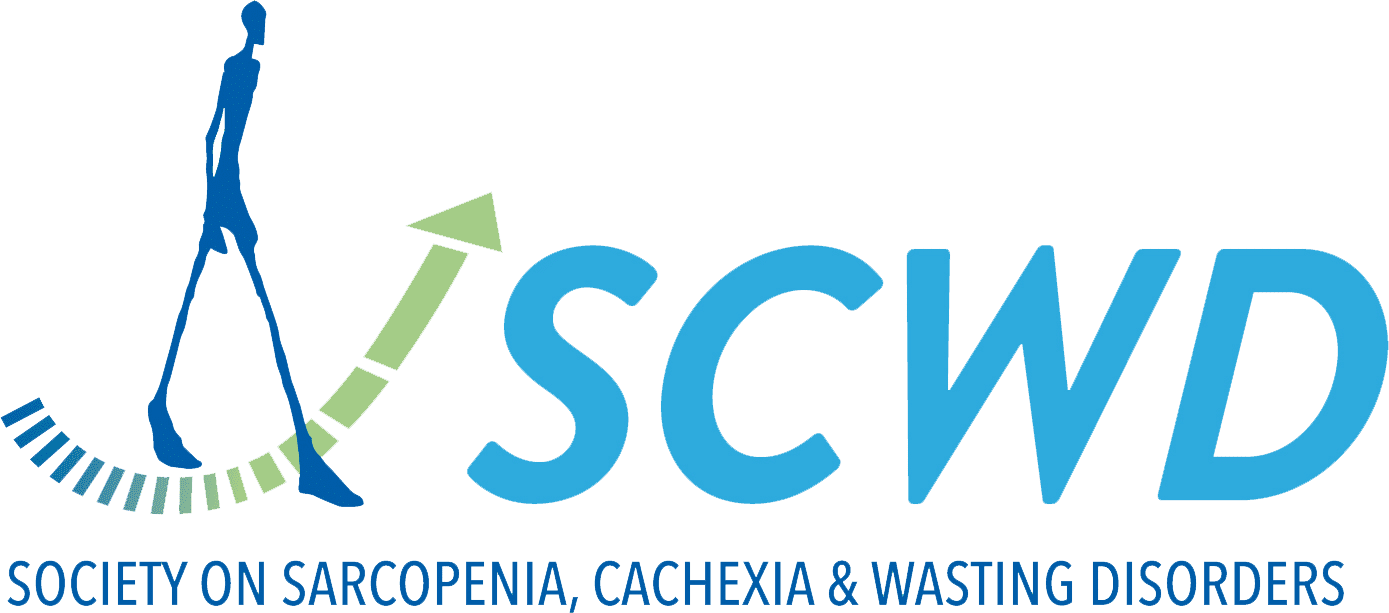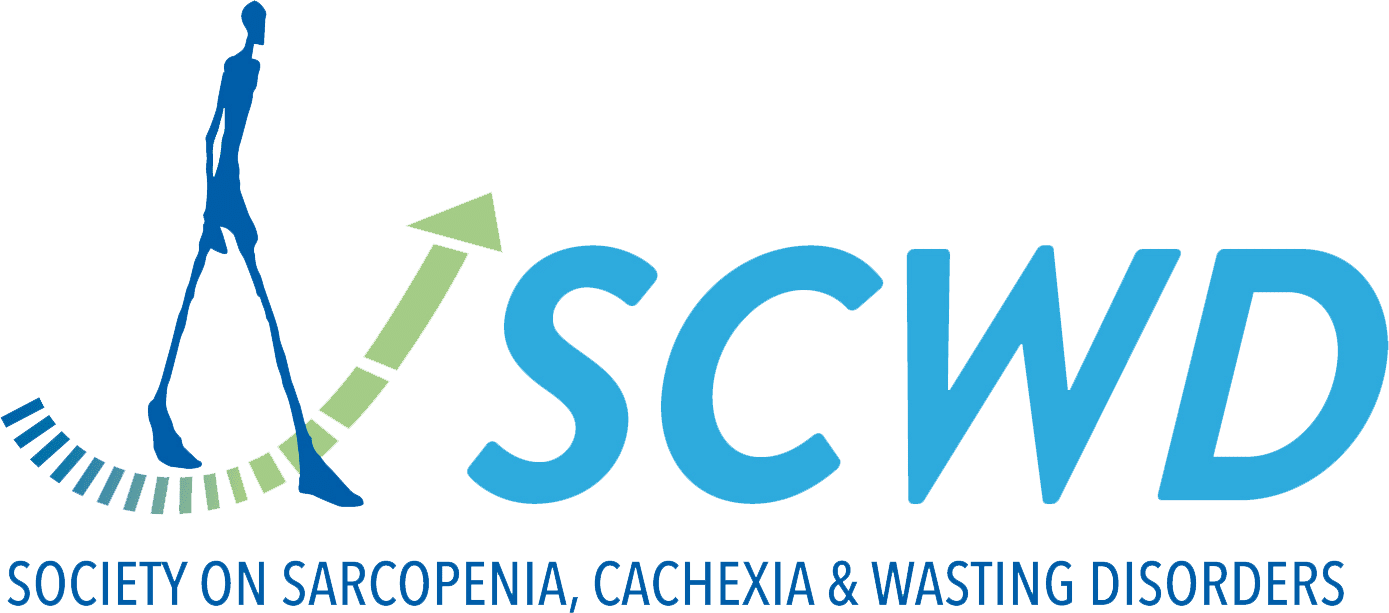Predicting and acknowledging the role of resilience in elderly patients
Article: Editorial: Resilience and the Future
Resilience is characterised by the ability to bounce back after exposure to a stressor or a form of adversity. It is frequently separated into physical and psychological components, with the former being defined as the ability to recover following age-related losses or disease. A decline in resilience is both a marker and a risk factor for accelerated ageing and frailty, respectively.
The aim of this editorial was to showcase the importance of resilience in the recovery of frail patients. It also exposes the mechanisms behind resilience, as well as the gaps in its clinical assessment.
Key learnings:
Responses to stress and subsequent recovery are difficult to predict in the elderly. This is due to comorbid chronic diseases and decline in physiological systems which are associated with ageing. Resilience is unpredictable as it is determined by many interacting factors, such as environment, genetics, and lifestyle, which contribute to physical and immunological decline. Furthermore, while resilience is often divided into physical and psychological components, both facets are strongly interlinked. As such, while static evaluations of factors like frailty, disease burden or gait speed may effectively predict adverse outcomes, they remain unable to predict recovery in the face of such events.
Despite the difficulties associated with predicting resilience, the intrinsic capacity framework developed by the World Health Organization has recently demonstrated the ability to predict functional recovery after exposure to adversity. Decline in intrinsic capacity and resilience have been associated with increases in Growth Differentiation Factor-15 and Tumor Necrosis Factor Receptor-1 levels. As reductions in resilience are strongly associated with frailty and adverse outcomes, frameworks which predict recovery capacity must urgently be incorporated into the prognostication of hospitalized elderly patients. Exercise and physical activity should be encouraged to improve muscular function, mental health, and quality of life. This may ultimately reduce mortality and improve resilience.
Reviewed by: S. Duarte
Authors: Merchant RA, Izquierdo M, Woo J et al.
Published in: The Journal of Frailty and Aging 2022


